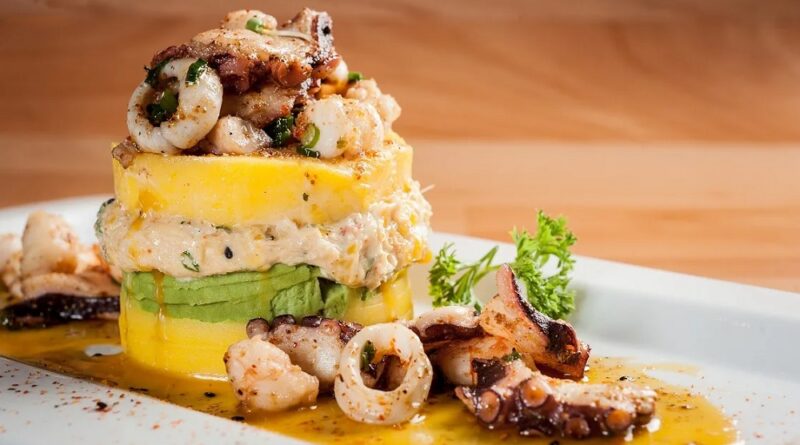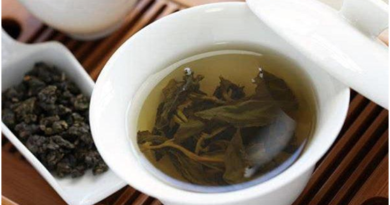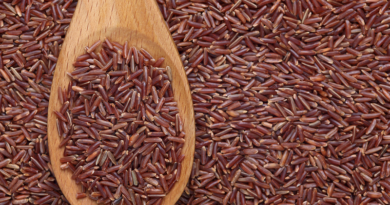Rise Of Peruvian Cuisine In Foodie Tourism
Peru has been acknowledged as one of the world’s top culinary destinations in the previous decade, making it an ideal option for foodie travel. The biodiversity and multicultural background of the country has contributed significantly to the country’s gastronomic growth. Canchita Dempsey Hill Restaurant serves Peruvian food. Here are some reasons why there is no better place to dine in the globe.
Diversity Of Food
This region is noted for its incredibly diverse seafood, including squid, sardines, and anchovies, due to the Humboldt Current, which is responsible for 18 to 20{54e1b708bc1dc95b05d657e5ad0bdb3c2c0b51b60c0c1873cfd3e24768ed6df8} of the world’s marine fish catch. Ceviche, a kind of marinated raw fish, Peru’s national food, has its roots here. Chupe de Camarones and other classic seafood dishes (Shrimp Cioppino).
As one travels deeper into the Andes, one will discover that diet mainly focuses on two primary energy sources — corn and potatoes, from the Inca Empire. Around eighty centuries ago, potatoes were first developed here, and Peru offers a remarkable variety of potato cultivars.
Food in the region of Amazon is made using native ingredients ranging from fruits and vegetables to fish from freshwater. You will be amazed at the vivid array of strange delicacies found nowhere else on the globe.
Best Place To Try Peruvian Cuisine
Canchita Dempsey Hill Restaurant’s Peruvian Cuisine is a fantastic and one-of-a-kind dining experience that channels the bright energy of Latin America via modern Peruvian cuisine, colourful decor, and exuberant salsa music.
This restaurant has three gorgeous eating places: the Amazon room, the Inka room, and the outside terrace.
Each of these locations represents a different feature of Peruvian landscape diversity. Traditional Peruvian cuisine, such as ceviche, is prominent on the menu, but other Latin American influences, such as the delectable Mexican tacos, may also be found. While still relatively young, Peruvian food is gaining appeal in Singapore thanks to Peruvian restaurants such as Canchita.
Spanish Influence
After its conquest of the Inca Empire, the Spanish Empire played a role in diversifying food. They brought traditional cattle to this old area, where the cuy was traditionally used for meat and protein (guinea pig). In addition, cabbage, apples, onions and other vegetables were introduced.
African Influence
Enslaved Africans introduced by the Spanish accounted for the use of grains and peanuts in pery. African households were forced to eat wasted meat, intestines, and scraps that the Colonizers refused to eat. To make them tastier, their recipes were loaded with spices.




